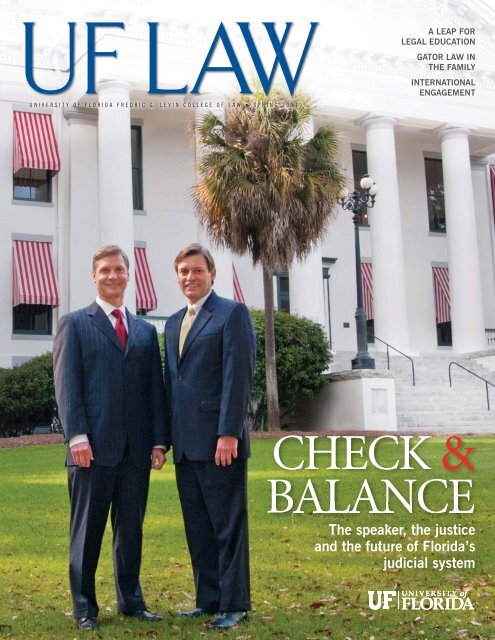

Other Microsoft programs do provide this information, including Microsoft 365 App Certification.
UF MICROSOFT PUBLISHER VERIFICATION
What information does publisher verification not provide? When an application is marked publisher verified this does not indicate whether the application or its publisher has achieved any specific certifications, complies with industry standards, adheres to best practices, etc. For FAQs related to the requirements and the process, see mark an app as publisher verified. Frequently asked questionsīelow are some frequently asked questions regarding the publisher verification program. If the requirements have not been met, getting set up is free. The publisher agrees to the Microsoft identity platform for developers Terms of Use.ĭevelopers who have already met these pre-requisites can get verified in a matter of minutes. The user performing verification must sign in using multifactor authentication. In Partner Center this user must have of the following roles: MPN Admin, Accounts Admin, or a Global Admin (this is a shared role mastered in Azure AD). In Azure AD this user must be a member of one of the following roles: Application Admin, Cloud Application Admin, or Global Admin.
UF MICROSOFT PUBLISHER REGISTRATION
The user performing verification must be authorized to make changes to both the app registration in Azure AD and the MPN account in Partner Center.

The domain of the email address used during MPN account verification must either match the publisher domain configured on the app or a DNS-verified custom domain added to the Azure AD tenant. This MPN account must be the Partner global account (PGA) for your organization.Īn app registered in an Azure AD tenant, with a Publisher Domain configured. They are:Īn MPN ID for a valid Microsoft Partner Network account that has completed the verification process. There are a few pre-requisites for publisher verification, some of which will have already been completed by many Microsoft partners. A warning will be displayed on the consent screen informing users that these apps are risky and are from unverified publishers. This will apply to apps that are registered after November 8th 2020, use OAuth2.0 to request permissions beyond basic sign-in and read user profile, and request consent from users in different tenants than the one the app is registered in. Starting in November 2020, end-users will no longer be able to grant consent to most newly registered multi-tenant apps without verified publishers if risk-based step-up consent is enabled. Smoother enterprise adoption- admins can configure user consent policies, with publisher verification status as one of the primary policy criteria. Improved branding- a “verified” badge appears on the Azure AD consent prompt, Enterprise Apps page, and additional UX surfaces used by end users and admins. Increased transparency and risk reduction for customers- this capability helps customers understand which apps being used in their organizations are published by developers they trust. Publisher verification provides the following benefits: These apps can sign users in using OpenID Connect, or they may use OAuth 2.0 to request access to data using APIs like Microsoft Graph. This feature is primarily for developers building multi-tenant apps that leverage OAuth 2.0 and OpenID Connect with the Microsoft identity platform. When an application is marked as publisher verified, it means that the publisher has verified their identity using a Microsoft Partner Network account that has completed the verification process and has associated this MPN account with their application registration.Ī blue "verified" badge appears on the Azure AD consent prompt and other screens:


 0 kommentar(er)
0 kommentar(er)
